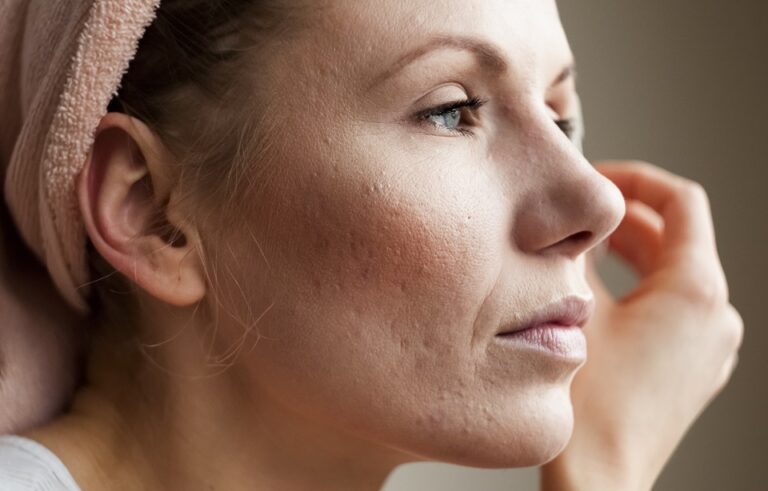
As difficult (not to mention expensive) as it is to confront physical ailments, most Americans often find it even harder to talk about complex mental health issues. Public awareness and understanding of the underlying causes are lacking even when it comes to common disorders such as generalized anxiety or major depression, let alone lesser-known conditions, which are often misdiagnosed or overlooked entirely as a result.
Internet Gaming Disorder
Multiple mental health professionals contacted for this article pointed to the addictive use of smartphones and other digital technology as one of today’s most commonly overlooked mental health issues — recently added to the World Health Organization’s official disease classification.
“There are massive impacts on the emotional, intellectual, and developmental trajectories of children and adolescents with these issues, and huge impacts on the adults who are vexed with a screen media dependence socially and vocationally,” says George Lynn, a psychotherapist in Bellevue, Washington.
The effects may be overlooked, because video games and apps are designed to be addictive, tapping into the brain’s dopamine feedback loop, “so the addiction can eventually become physiological as well as psychological,” says neuropsychologist Dr. Michael Kulfan.
“Because the internet, gaming, and social media have become so quickly embedded into our culture and their usage is so normative … it can be very hard to identify addiction before it has taken hold.”
Disruptive Mood Dysregulation Disorder
Disruptive mood dysregulation disorder, recognized by the American Psychiatric Association’s Diagnostic and Statistical Manual of Mental Disorders’ fifth edition in 2013, affects children and adolescents over 6 who exhibit frequent irritability and intense temper tantrums out of proportion to the situation at hand — what some parents might write off as just “being moody” and neglect clinical help.
Some researchers have implicated digital technology and gaming addictions as a pivotal factor in the development of DMDD. Treatment typically entails medication such as stimulants or antidepressants and/or psychotherapy.
Burnout
Also newly recognized, burnout is classed as a work-related “syndrome,” characterized by “feelings of energy depletion or exhaustion; increased mental distance from one’s job, or feelings of negativism or cynicism related to one’s job; and reduced professional efficacy.”
Often caused by work-life imbalance or certain aspects of workplace culture, burnout seems to mimic depression and produces symptoms such as headaches and sleeplessness, “quickness to anger,” and close-minded thinking.
The official designation promises validation for people with burnout whose issues might otherwise be brushed aside by a work-centric culture, as well as the creation of more evidence-based guidelines on mental well-being in the workplace.
Anosognosia
Although it may be tempting to label as mere denial, anosognosia is a medical disorder wherein someone with an acute mental health issue is incapable of perceiving their condition accurately, even vacillating between accepting and rejecting a medical reality that seems readily apparent to everyone else.
Affecting half of people with schizophrenia and 40% with bipolar disorder as well as many with dementia, brain imaging studies indicate anosognosia is caused by injury to the frontal lobe inhibiting one’s ability to update their own self-image.
Schizoaffective Disorder
Schizoaffective disorder combines elements of schizophrenia and mood disorders such as bipolar disorder into an even more commonly misunderstood and less well-studied condition. Occurring in only 0.3% of the population, it is often misdiagnosed as schizophrenia or bipolar disorder for concurrent symptoms such as delusions and disorganized thinking, or mood swings between mania and depression.
Its onset may coincide with substance use or stressful life events; the condition is usually treated using a mix of mood stabilizing medications and cognitive behavioral therapies.
Complex PTSD
While post-traumatic stress disorder results typically from one specific traumatic incident, complex PTSD occurs after chronic exposure to traumatizing and abusive conditions and can affect anyone from combat veterans to survivors of domestic or childhood abuse.
On top of standard but nonetheless debilitating features such as difficulty regulating emotions or psychosomatic pain including migraines, people with complex PTSD — 92% of whom also meet the diagnostic criteria for regular PTSD — may exhibit additional symptoms such as disturbances in self-perception, an inability to form relationships, and fluctuating views of one’s abuser.
Other Specified Feeding or Eating Disorders
As recognized by the DSM-5, this is the catch-all classification for any significant eating disorder that doesn’t constitute anorexia nervosa, bulimia nervosa, or binge eating disorder. It includes conditions that can be less obvious but just as life-threatening, including atypical anorexia nervosa (wherein one’s weight stays within or above the normal range), purging disorder (purging without binge eating), and night eating syndrome (excessive eating after awakening).
On top of a psychological preoccupation with weight and dieting, these can lead to serious physical symptoms such as dizziness, lack of sleep, dry skin, muscular weakness, and impaired immune function.
Avoidant Personality Disorder
Afflicting an estimated 2% of the general population, avoidant personality disorder is caused by a fear of rejection and low self-esteem so severe that people with this disorder routinely forgo social and professional opportunities to protect themselves from others’ judgment.
Though often appearing from the outside as a case of extreme shyness, the disorder is distinguished by (mostly negative) symptoms such as a lack of close friends, excessive restraint in intimate relationships, exaggeration of potential difficulties, and reluctance to be in contact with others. Such behaviors typically start in early childhood, with most people growing out of them by adolescence or adulthood.
Body-Focused Repetitive Behaviors
Many have an unconscious tendency to fidget with their hands, but some cases can become serious enough to constitute a mental pathology. Body-focused repetitive behaviors are a set of disorders wherein self-grooming behaviors become compulsive and harmful to physical appearance.
Examples include trichotillomania (compulsive hair pulling), onychophagia (compulsive nail biting), and excoriation disorder (compulsive skin picking). Often interacting with anxiety, what begin as “bad habits” can escalate into sources of severe shame and emotional distress impairing their ability to function.
Though estimated to affect more than 3% of children and adults, there have been almost no large-scale studies of these disorders, so treatment methods have a long-term success rate of less than 20%.
Adjustment Disorder
Sometimes considered a situational form of depression, adjustment disorder is typified by excessive anxiety, reckless behavior, and difficulty moving on after a major life change or other stressor such as moving to a new place, losing one’s job, or the death of a loved one.
Though callous observers might easily write off people with adjustment disorder as weak or tell them to “get over it,” the condition is serious and alarmingly common, constituting 5% to 20% of principal diagnoses among outpatients receiving mental health services and up to 50% in hospital psychiatric consultations.

























